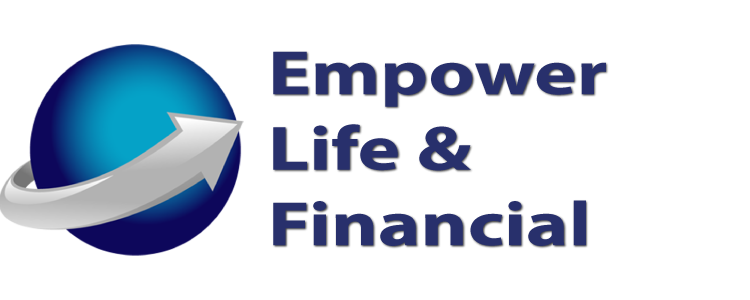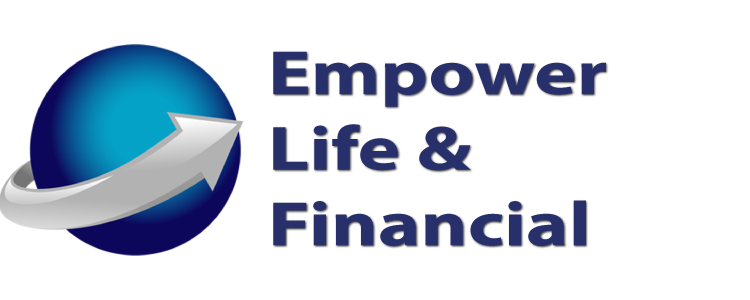Life Insurance is a way to help your family financially, if you are no longer living.
But, life insurance can be so much more!
See the kinds of life insurance below:
Current Life Insurance Options
- Term Life
- Whole Life
- Universal Life
- Guaranteed Universal Life
- Indexed Universal Life
Term Life
Term life insurance is the least expensive type of life insurance, for the amount of coverage. It is easy to understand and it’s a good choice for some, not all. It is a good choice to add to a permanent life situation.
Term life insurance provides a death benefit for a fixed number of years – usually, 5, 10, 15, 20, 25 or 30 – that you choose when you buy the policy. You pay premiums for each year of the term. When the term is over, you will stop paying the premiums and you will no longer have coverage. If you die at any point during the term, your beneficiaries receive an amount equal to the death benefit of the policy. However, if you die after the terms ends, your beneficiaries do not receive any benefit at all.
Whole Life
Whole life insurance provides a death benefit no matter how old you are, as long as you continue to pay the policy’s premiums. For this reason, it’s considered a type of permanent life insurance.
In addition to providing a death benefit, a whole life insurance policy also accumulates cash value that is guaranteed to grow by a certain amount each year. As a result, whole life premiums are significantly higher than term life premiums for the same death benefit. Part of your premiums for the first few years of the policy will go toward administrative fees and the agent’s commission. The premiums are the same each year, and you can choose to pay premiums every year for as long as the policy is in effect or for a set number of years. Spreading your total premiums out over just 10, 15 or 20 years instead of over a lifetime will result in a higher annual premium during those years, but may be an appealing feature for someone who wants to eliminate the ongoing expense of life insurance premiums before retirement. A variation called single-premium whole life insurance lets you pay the entire premium up front in a lump sum.
You may borrow against the policy’s cash value for any reason, such as paying for your children’s college tuition or covering an emergency expense. Whatever part of the loan you haven’t repaid at your death gets subtracted from the policy’s death benefit. But any accumulated cash value that exists at your death does not get added to the policy’s death benefit; it goes back to the insurance company.
The other reason whole life insurance costs more than term life insurance is that whole life insurance policies often pay annual dividends. These dividends can be used to help pay premiums or to purchase more insurance (Paid Up Additions), or the insurance company can simply send you a check for the dividend amount.
Universal Life
Universal life insurance is another type of permanent life insurance. It is similar to whole life in many ways, but offers greater flexibility. You can increase or decrease the death benefit and the cash value after you take the policy out if your needs change. The premiums will go up or down accordingly. Increasing the death benefit requires you to pass medical underwriting; decreasing the death benefit may result in surrender charges. The cash value earns interest based on the performance of investments chosen by the insurance company. This type of insurance also offers flexibility in the timing of premium payments.
Guaranteed Universal Life
Guaranteed universal life insurance offers coverage until age 90, 95 or even until your death but is less expensive than whole life insurance or universal life insurance. It doesn’t have a cash value or investment component, or the accompanying management fees, and the premiums can be paid as level premiums for a lifetime or for a shorter term, similar to whole life insurance. This type of policy can be appealing to seniors who still need coverage; it can be cheaper and provide better protection than term life insurance in that situation. The policy has a guaranteed death benefit in amount you select when you take out the policy. It is a relatively simple product can be a good alternative to term life insurance for individuals that want permanent coverage.
Indexed Universal Life (IUL)
Indexed Universal Life Insurance is a type of permanent life insurance with a cash value component, which means that like whole life and universal life, it is more expensive than term life. It has flexible premiums and a guaranteed minimum death benefit, but beyond that, the death benefit can change with the increase of the cash value, based on the index the policyholder chooses within the life insurance account. Part of your premium goes toward the policy’s cash value/savings component, and grows along with the index chosen. However, if the index goes down, the account freezes and does not follow it down. If the cash value grows enough in value, the earnings from it can offset the insurance cost. The policyholder can borrow against their cash value, at any time, and may repay it or not. Indexed Universal Life is more complicated than Term Life, but may be a very advantageous choice for consumers.

